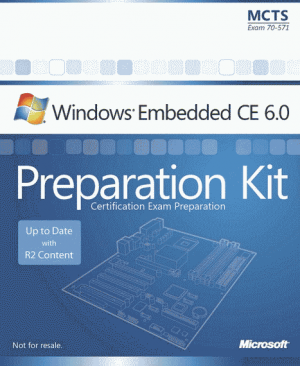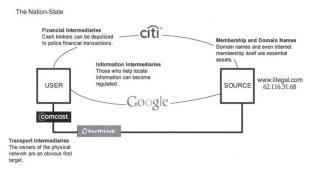
Аннотация
Since the first edition of this book, I have received many requests to do a second version that is extended and more thorough. With the research activities I got involved in, I could not do that very early. However, at one point, I needed to do some router conf i guration as a part of one of the courses I was teaching. I looked through the f i rst edition of the book, and I could not find what I was looking for.
This came as a wake-up call to me that a second edition is a must.
Cisco networking equipment still takes a major role in our lives. Many service providers, corporate networks, government networks, and others rely on Cisco devices, which basically means that we are relying on these devices on daily basis.
All network administrators know that relying on Cisco devices gives them some relief in terms of reliability.
The uniqueness of this book lies in its cookbook-like way of writing that does not dive deep into theory and provides a ready-to-use reference for everyday configuration needs. My biggest concern when writing this book was to avoid complications and get directly to the simplif i ed configuration steps.
The second edition of this book included many important topics that were missing from the first edition, such as MPLS, multicasting, GRE, HSRP, with many others. Some older topics like access-control lists were expanded to include more details like ref l exive and timed access lists. The second edition included configuration steps for IPv6 versions for most of the protocols covered by the book. With the rapid increase of the use of IPv6, its configuration became an important skill to have in your arsenal.
An important addition to this edition of the book is the inclusion of training scenarios. In total, the second edition includes 61 training scenarios. These training scenarios were aimed to be a way of gaining skills by doing the tasks instead of reading about them only. Most of these tasks can be implemented using the currently available commercial network simulator.
This edition is divided into nine chapters: basic configuration, domestic duties, routing, advanced routing, WAN technologies, security, router management, remote connectivity, and tips. Each chapter explains in detail the steps required to configure different protocols on Cisco router and explains when would you need to invoke this procedure.






Комментарии к книге "Guide to Cisco Routers Conf i guration"